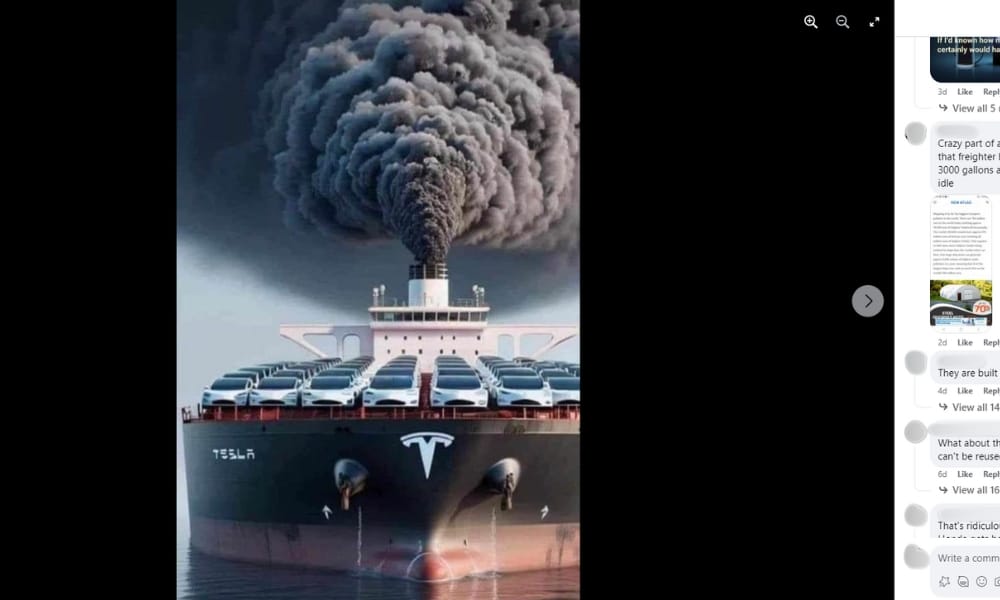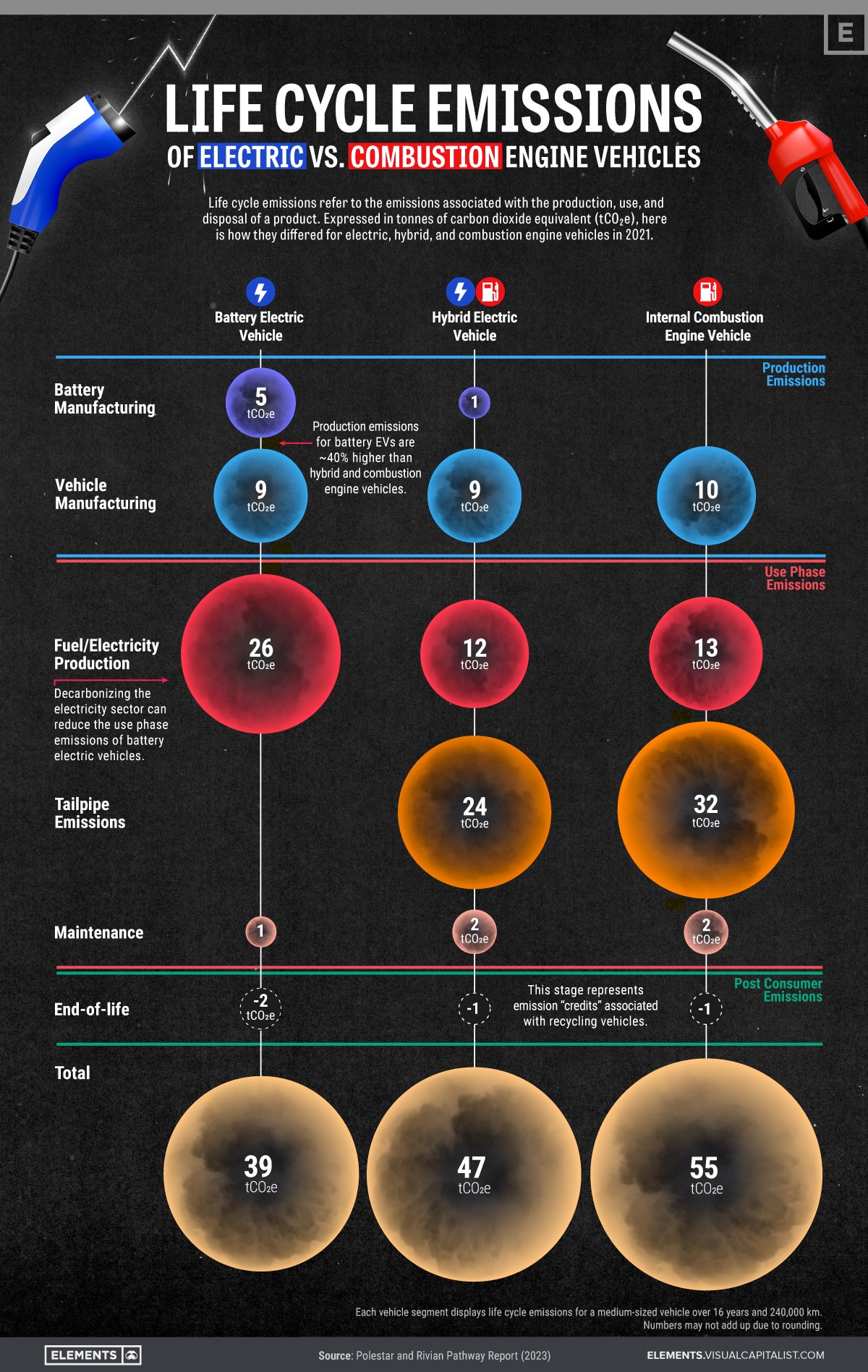Has the Love for EVs Reduced in Australia? Why EV Uptake Has Slowed
Recent headlines would have you thinking that the great EV takeover in Australia is all but over. Car yards full of unsold Teslas and crashing purchase prices have many in the industry scrambling. But, is this all unexpected and what will this mean for Australia’s electric vehicle transition goals?
The state of play: what is happening to EVs in Australia?
The uptake of EVs has seemingly slowed in Australia. All eyes have shifted to 2000 unsold Teslas in a Melbourne car yard. Unlike the Tesla craze of yesteryear which saw thousands of EVs on preorder, Tesla has found itself with surplus stock. But is it as dire as the media has made it to be?
NRMA reported that EV sales dipped to 6.7% in March 2024 from 9.9% in February 2024. But it rose again to 8.4% this past May. These fluctuations might appear huge, but looking back to January 2023, where EVs made up 5.9% of sales, the trend is still showing growth. Hybrid vehicles have also been making massive inroads, with a jump from 7.5% of purchase market share in May 2023 to 15.3% in May 2024. This shows that Australians are choosing greener vehicles at a growing rate.
The unsold Teslas should not be cause for concern but, perhaps, a sign of the growing EV market. In 2019, Aussies had a choice of 22 electric vehicles. This has now increased to over 50. Competition drives down prices and shifts market share – for which Tesla has dominated since the release of the Model S. So, it’s no wonder that Tesla has cars sitting and waiting to be sold – they join most other car manufacturers with surplus stock.
Do Australians want electric vehicles?
Electric Vehicles – you either love them or hate them. And therein lies part of the problem. EVs have been demonised by sectors of industry and politics. Most people will have an opinion; for many, those opinions have been founded on misinformation and lies. EVs have come to represent ‘forced change’, which has put many Aussies on the back foot. There’s also an element of hypocrisy at play. No one denies that lithium-ion batteries are manufactured with materials that are less than ideal in their origins. Currently, 60% of Australia’s electricity comes from fossil fuels. This means that you may be charging your EV with dirty electricity. These are all realities, but people with such arguments ignore the other facts.

The image above has been widely shared across social media. It does not include an image of any other vehicle making the same trek to your local car dealership. EVs shine when the tyres hit the asphalt.
While EVs have a greater initial carbon footprint, due to the battery, they achieve carbon parity with ICE (internal combustion engine) equivalents at around the 25,000km mark, for EVs charged from renewable sources, or 4-5 years for EVs charged from the grid. From these points, ICE vehicles have a greater carbon footprint. EVs will, on average, produce 39 tonnes of CO2 over their life cycle. ICE vehicles will produce, on average, 55 tonnes. This includes vehicle manufacturing, tail-pipe emissions (for which EVs produce none), and the source of electricity (for EVs). The following graphic is an example of modern vehicle comparisons of EVs, Hybrids, and ICE vehicles.

Lifestyles and attitudes are changing
Shifting to renewables will mean the source of the electricity charging your EV will increasingly become green. Installing rooftop solar and battery storage is another way of heavily reducing the overall emissions associated with your EV. Charging your EV at home could mean that a large portion of your EV is being powered by free electricity from the sun. As Australia’s electric grid inches closer to 100% renewables, charging your EV will be close to emission-free.
Attitudes are also shifting as more people experience electric vehicles. This could be through a family member, friend, neighbour, or colleague. Many are beginning to see the positives and the convenience. Range anxiety is quelling as home EV charging becomes a seamless reality and public charging opportunities increase. The barriers that once existed, such as cost and reliability, are coming down – making electric vehicles much more attractive for the average Aussie.
Will Australia meet its EV target of 50% market share by 2030?
The National Electric Vehicle Strategy outlines a pathway for Australia to see 50% of all light vehicles being electric by 2030. The ambitious plan was always going to see some speed bumps along the way. The early adopters of EVs were tech enthusiasts, leaving the rest of the population to catch up. The current cost of living crisis puts a spanner in the works as the purse strings remain tightly drawn as Aussies navigate life with slow economic growth.
A large portion of Australian families and individuals will need to purchase a new car over the coming years. The factors that will steer them to an EV will be:
- Cost
- Charging infrastructure
- Models available
- Ongoing costs associated with vehicle ownership
As more EVs enter the Australian market, prices continue to fall, and the cost of petrol increases, Australians should naturally swing to electric vehicles. Whether this will mean that we meet the target of 50% remains to be seen, but Aussies have not fallen out of love with EVs! Priorities have temporarily shifted for many, but we should see many more EVs populating our streets and replacing ICE vehicles.
The post Has the Love for EVs Diminished in Australia? Why EV Uptake Has Slowed appeared first on Energy Matters.


No Comments